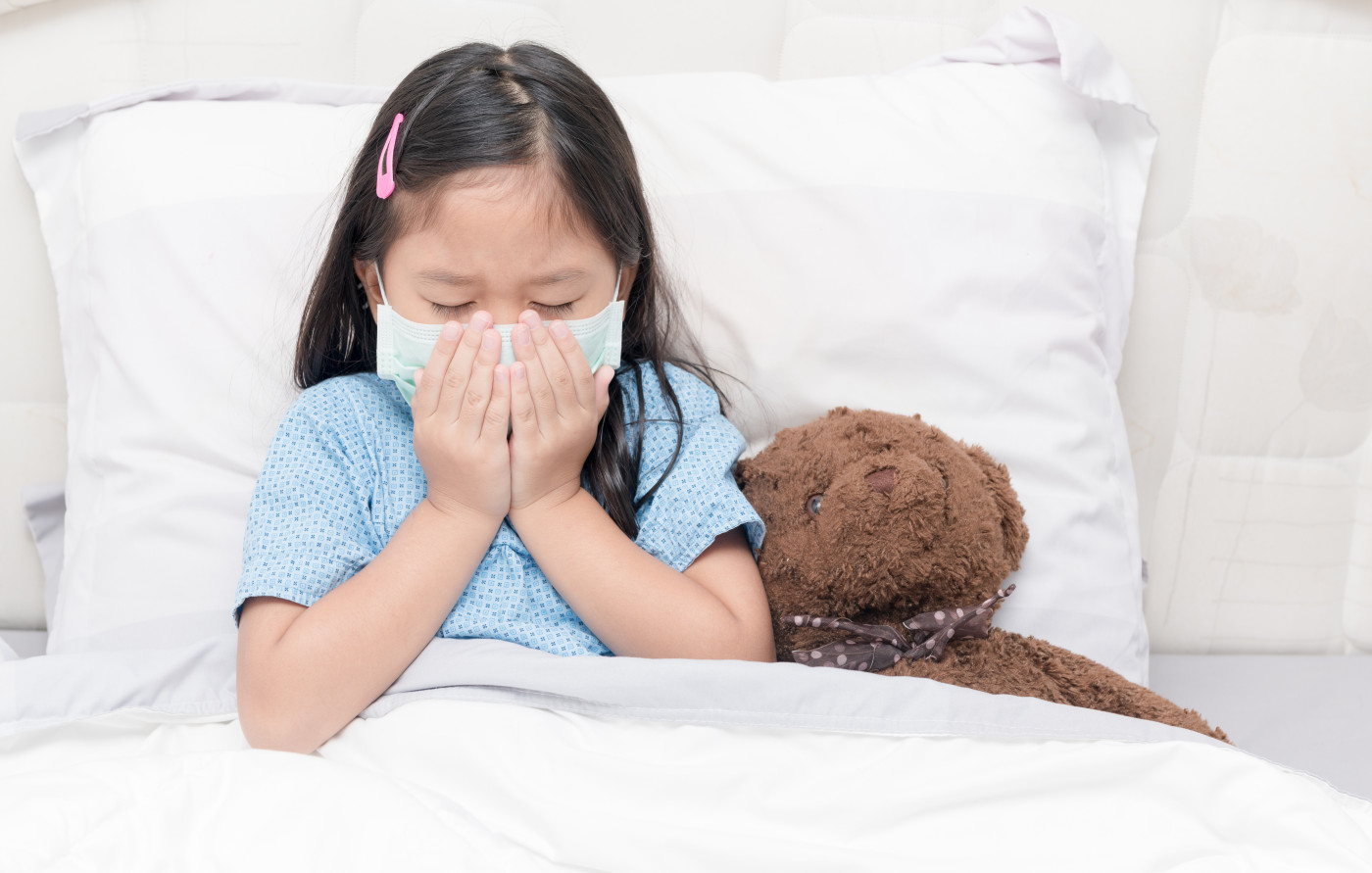Electronic Nose Offers Easy, Accurate Test for CF in Children, Pilot Study Finds

A new electronic nose, called Aeonose, was seen to be a feasible, accurate and easy-to-use diagnostic test for cystic fibrosis (CF) in children and adolescents, a small pilot study shows.
The research “Feasibility and diagnostic accuracy of an electronic nose in children with asthma and cystic fibrosis” was published in the Journal of Breath Research.
Electronic noses (eNoses) are devices able to non-invasively detect specific compounds in exhaled breath. They are made of non-selective sensor arrays that create a molecular pattern — a “breath print” — for each patient.
eNoses have emerged as promising tools for detecting and monitoring airway inflammation, and can be particularly useful in challenging patients such as children.
Importantly, the profiling of breath compounds has been used to detect asthma and CF in children, and to identify the presence of Pseudomonas aeruginosa infection.
The eNose tested in this study, the Aeonose, is a hand-held, easy-to-use device the patient breaths into. The technology is owned by The eNose company and was designed to rapidly screen for diseases. The Aeonose has produced promising results in clinical studies for tuberculosis, lung diseases, stomach cancer, and head and neck cancers.
“For many different diseases, it turns out breath patterns from patients can be distinguished from healthy controls” the company states on its website.
Aeonose is patented, but not yet approved, by the U.S. Food and Drug Administration (FDA) or the European Medicines Agency.
Researchers at the Maastricht University Medical Centre, The Netherlands, evaluated the feasibility and accuracy of Aeonose in distinguishing CF from asthma and healthy subjects, specifically in children and adolescents. The study was the first to test the device in children.
The observational study (NCT03377686) was performed in 55 children and adolescents aged 6 and older, and included 20 children with asthma, 13 children with CF, and 22 healthy controls.
The CF group had children with mild disease (no P. aeruginosa infection) and more severe disease (with chronic P. aeruginosa infection and needing antibiotic maintenance therapy).
Results showed that the feasibility of Aeonose was high, with more than 98% of all measurements being successfully completed. Its diagnostic accuracy also was high for discriminating asthma from CF (sensitivity 89% and specificity 77%), and for distinguishing between CF and healthy controls (sensitivity 85% and specificity 77%).
However, its precision to distinguish asthma patients from healthy subjects was considered modest (sensitivity 74%, specificity 91%).
“In CF, diagnostic accuracy was quite high and children with CF were well differentiated from children with asthma and healthy controls” researchers wrote.
Another positive finding was the high diagnostic accuracy of the Aeonose in differentiating between two different lung diseases, the team noted, showing that the device can distinguish lung diseases with distinct inflammatory processes.
Overall, the team suggested that “the Aeonose is an easy-to-use patient-friendly eNose, which makes it highly suitable for use in children. A great advantage over other eNoses is its capability of direct sampling,” while other devices need patients’ breath to be collected in bags before being analyzed.
Future research should focus on “standardization of breath sampling and selection or development of more sensitive sensor systems to ensure successful implementation of this non-invasive tool in daily practice,” the team concluded.
Of note, the eNose Company provided the Aeonose devices for the study and helped analyze the resulting data.







